Good things come in threes: Sir Cecil Beaton's love of flowers, fashion and fabulous friends in a trio of exhibitions
It’s been 45 years since Sir Cecil Beaton died, but he has inspired not one, not two, but three new exhibitions this year.
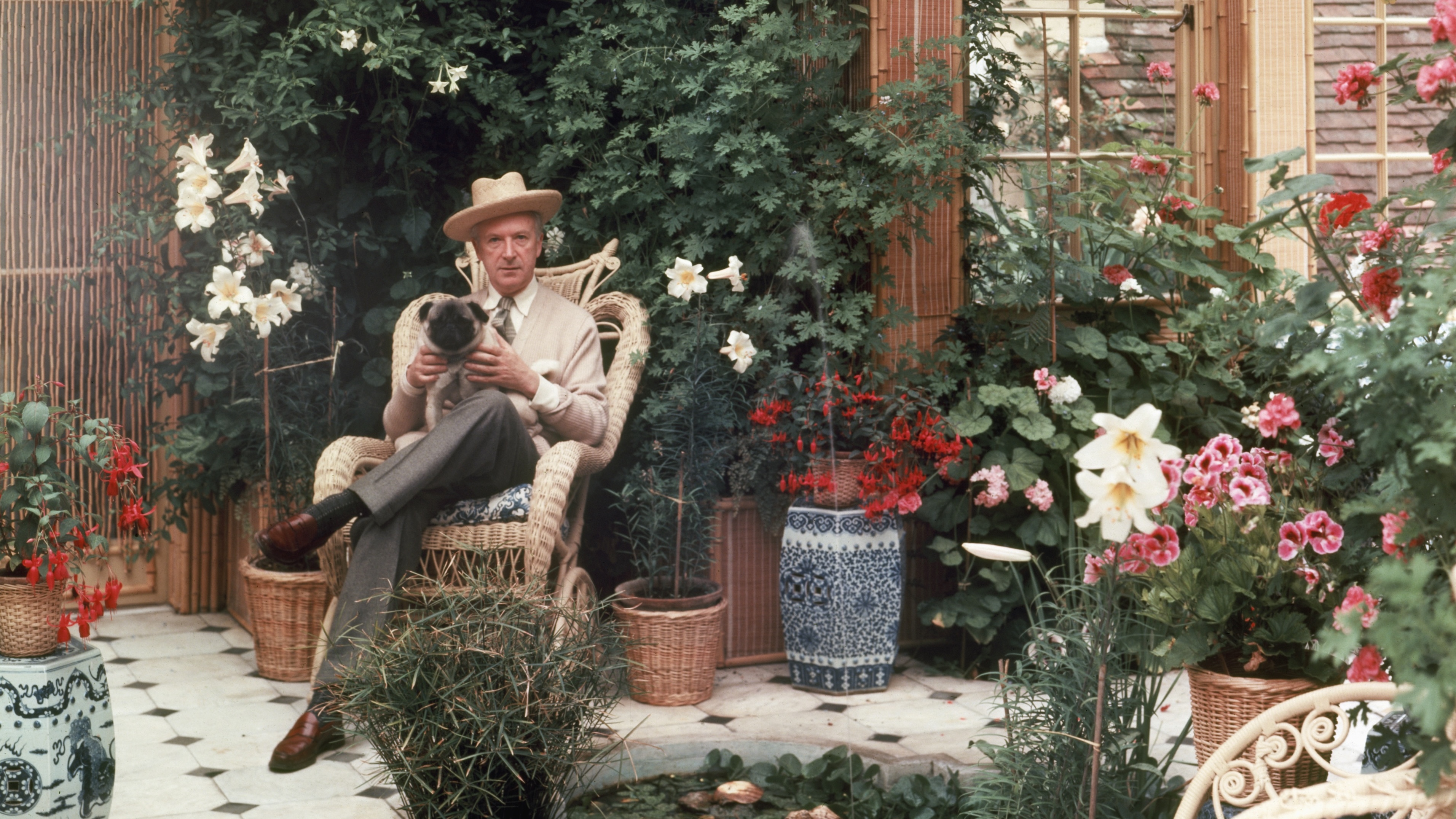

It’s been 45 years since Sir Cecil Beaton died, yet the Vogue favourite retains a certain cool factor that has inspired three new exhibitions this year. This Society figure of many talents — portrait, fashion and war photography, Oscar and Tony award-winning set and costume design, interiors, acting and illustration — was ever inspired by gardens and flowers. This is actually the ‘common thread’ running through much of his work, argues the Garden Museum in London, where Cecil Beaton’s Garden Party opens on May 14, the first exhibition to explore the theme.
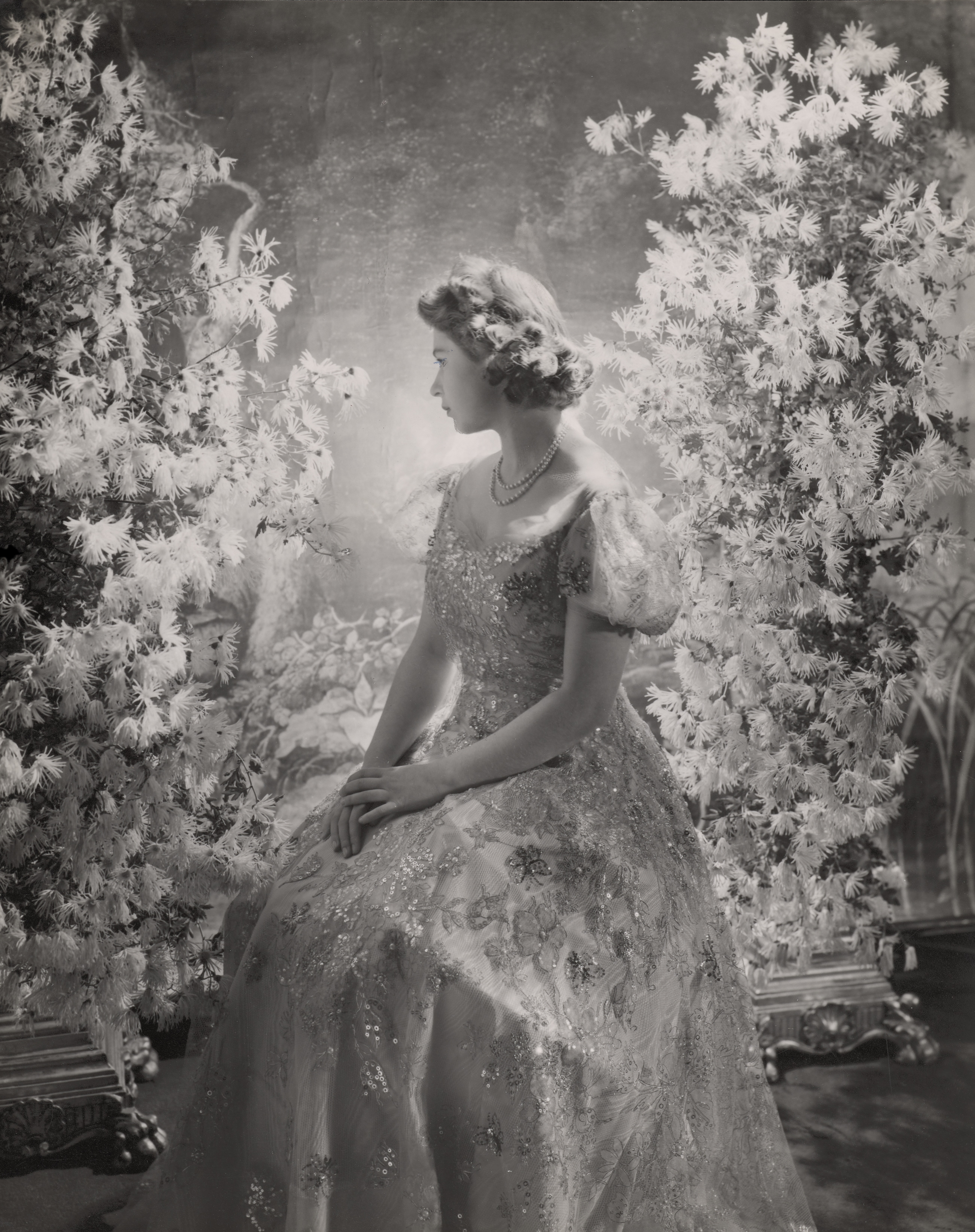
The 1945 Royal Portrait of Princess Elizabeth (later Queen Elizabeth II) by Cecil Beaton.
In the photographs shown, every subject seems to peer through or sit beside a riot of blooms, from the late Queen, who posed for him in the gardens of Buckingham Palace in 1945 when she was Princess Elizabeth (highly unusual for the time), to a 1960s self portrait, pug in lap, amid jasmine, lilies, begonias and pink pelargoniums, and an ethereal Bianca Jagger in 1978, at one with a clump of Libertia grandiflora. He had a lifelong love of floral composition and in this he was a pioneer: ‘My garden is the greatest joy of my life, after my friends. Both are worth living for,’ he said in 1979.
Flowers even featured in Beaton’s days at Cambridge University; later, he collaborated with Constance Spry on the floral arrangements for his sister Nancy’s wedding and any guest at one of his parties at Reddish House in Wiltshire, where he lived for more than 30 years, could expect a blooming extravaganza. The floral costumes worn by Audrey Hepburn in My Fair Lady (1964) have gone down in history and Beaton even found time to form a fascination with the bamboo gardens of China while working as an official war photographer during the Second World War; these later inspired his set design for the opera Turandot.
Paintings, drawings, sketches for the Royal Ballet and Royal Opera House and a headdress worn by ballerina Margot Fonteyn in Apparitions, alongside Beaton’s personal diaries, further the picture, many of which have never been publicly displayed before. One exhibition highlight will be the Surrealist rose coat that Beaton designed and wore at his Fête Champêtre in 1937 at his then home, Ashcombe House, Wiltshire, at which some 300 guests (Bright Young Things aplenty) in fancy dress mingled in a flower-bedecked marquee, served by waiters in animal masks; Beaton had three costume changes.
‘Flowers were one of Cecil Beaton’s great loves,’ explains the Garden Museum’s Emma House, who has curated the exhibition, with design by Luke Edward Hall. ‘At Reddish, where he lived from 1947 until his death, he built a flower room to enable him to arrange blooms for the entire house. When he was working in America on My Fair Lady and other projects, his secretary Eileen Hose always updated him on the garden and what was flowering first, on one occasion even tucking in a pressed freesia flower so that he didn’t miss out on their scent whilst he was away.’
Beaton’s other sister, Baba, married into the Gladstone family and he often visited her at Hawarden Castle in Flintshire, North Wales. The estate will stage a rolling exhibition of hundreds of previously unseen family photographs, paintings, drawings and hats, from April 28 until next spring. Open by appointment (and to guests at The West End of Hawarden Castle holiday let), with some specified open days, Cecil Beaton: A Family Archive, will also feature a series of ‘collaborative’ contemporary works and installations by artist Sam Wood, garden designer Sean Pritchard and muralist Melissa Wickham.
‘I have been trying to figure out what to do with the boxes, envelopes, albums and portfolios of his work that I inherited and this exhibition has helped me to begin to make sense of them,’ explains Charlie Gladstone. ‘I think that the most interesting thing about this collection is that it shows Cecil as a young, family man and how connected his was to his sisters and mother’.
Sign up for the Country Life Newsletter
Exquisite houses, the beauty of Nature, and how to get the most from your life, straight to your inbox.
Next up, in the autumn, Cecil Beaton’s Fashionable World will be the first exhibition to showcase the fashion design and photography of the proclaimed ‘King of Vogue’; October 9 to January 11, 2026 at the National Portrait Gallery.
Annunciata grew up in the wilds of Lancashire and now lives in Hampshire with a husband, two daughters and an awful pug called Parsley. She’s been floating round the Country Life office for more than a decade, her work winning the Property Magazine of the Year Award in 2022 (Property Press Awards). Before that, she had a two-year stint writing ‘all kinds of fiction’ for The Sunday Times Travel Magazine, worked in internal comms for Country Life’s publisher (which has had many names in recent years but was then called IPC Media), and spent another year researching for a historical biographer, whose then primary focus was Graham Greene and John Henry Newman and whose filing system was a collection of wardrobes and chests of drawers filled with torn scraps of paper. During this time, she regularly gave tours of 17th-century Milton Manor, Oxfordshire, which may or may not have been designed by Inigo Jones, and co-founded a literary, art and music festival, at which Johnny Flynn headlined. When not writing and editing for Country Life, Annunciata is also a director of TIN MAN ART, a contemporary art gallery founded in 2021 by her husband, James Elwes.
-
 You're all invited to Cecil Beaton's Garden Party
You're all invited to Cecil Beaton's Garden Party'The space given over to 'Cecil Beaton’s Garden Party' at the Garden Museum is smaller than Beaton’s own drawing room, but its intimacy is its trump card.'
-
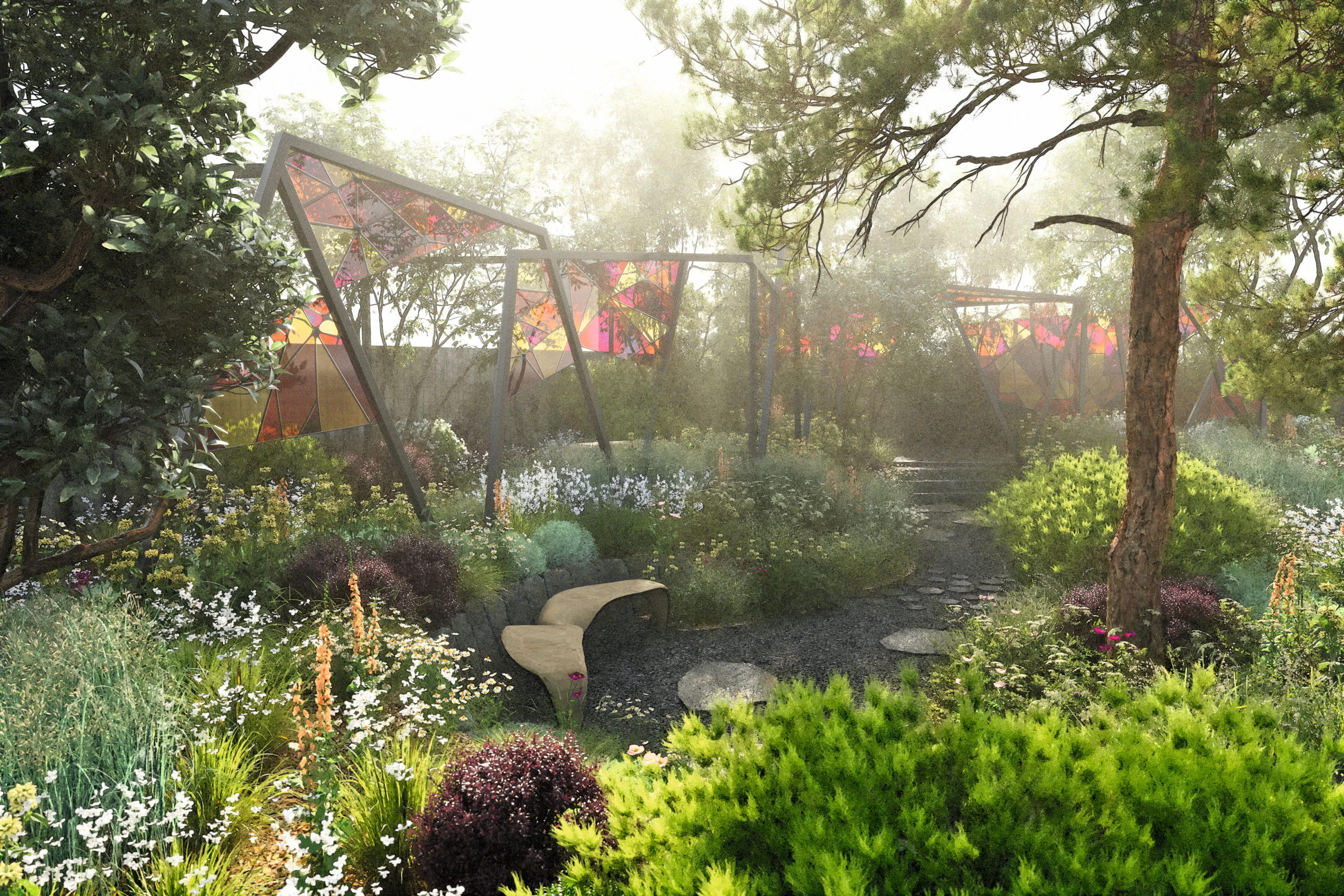 Chelsea Flower Show 2025: Ten things not to miss in what promises to be a superb year at the world's greatest horticultural show
Chelsea Flower Show 2025: Ten things not to miss in what promises to be a superb year at the world's greatest horticultural showIt promises to be a stellar year at the RHS Chelsea Flower Show. Kathryn Bradley-Hole previews some of the highlights you can expect, while we take a look ahead to what Country Life will be up to during the week.
-
 You're all invited to Cecil Beaton's Garden Party
You're all invited to Cecil Beaton's Garden Party'The space given over to 'Cecil Beaton’s Garden Party' at the Garden Museum is smaller than Beaton’s own drawing room, but its intimacy is its trump card.'
-
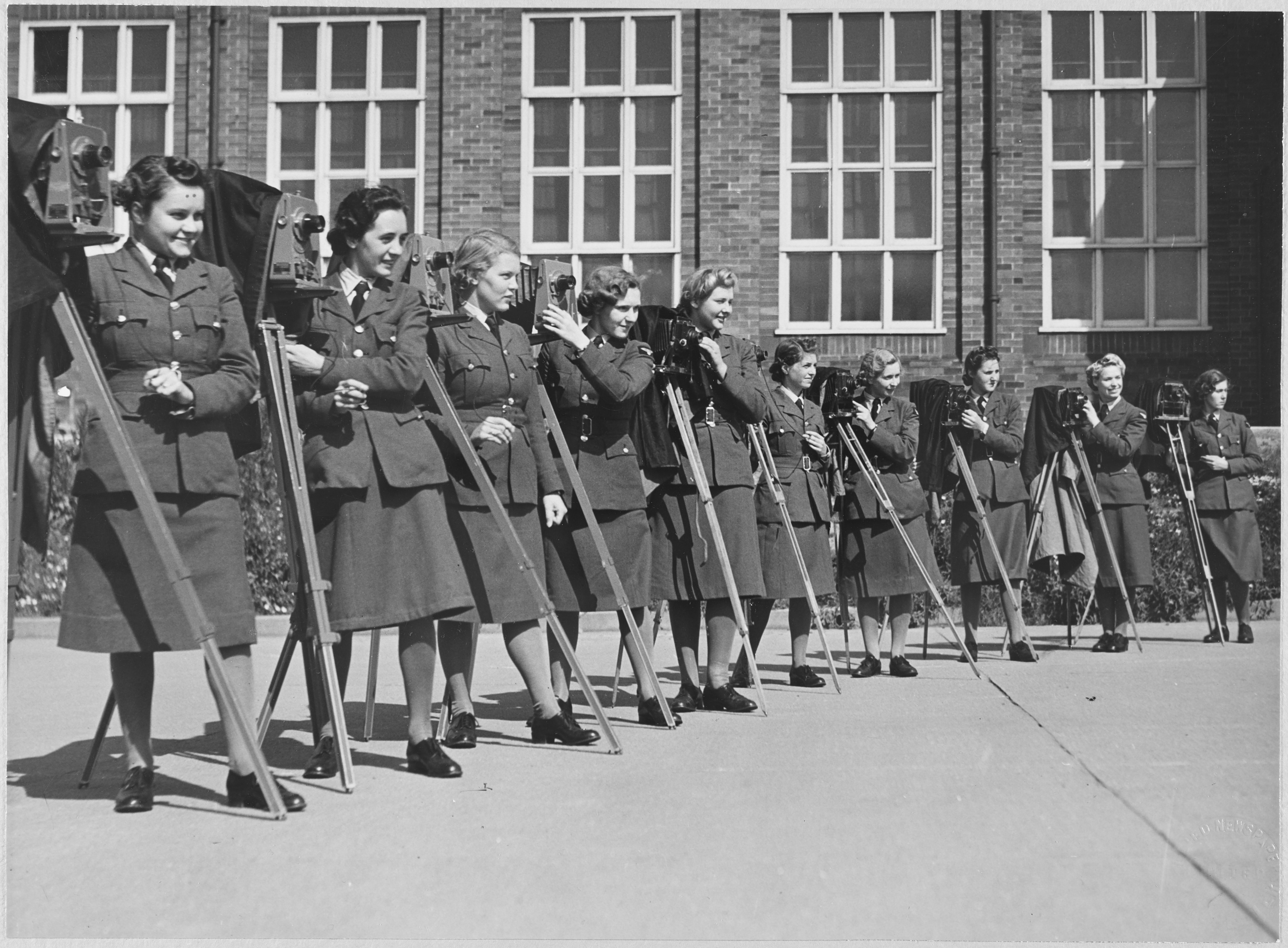 Newly released photographs reveal pioneering role of women in wartime photography
Newly released photographs reveal pioneering role of women in wartime photographyTo mark the 80th anniversary of VE Day, Historic England has released a collection of photographs that spotlights women's role in the wartime photography industry.
-
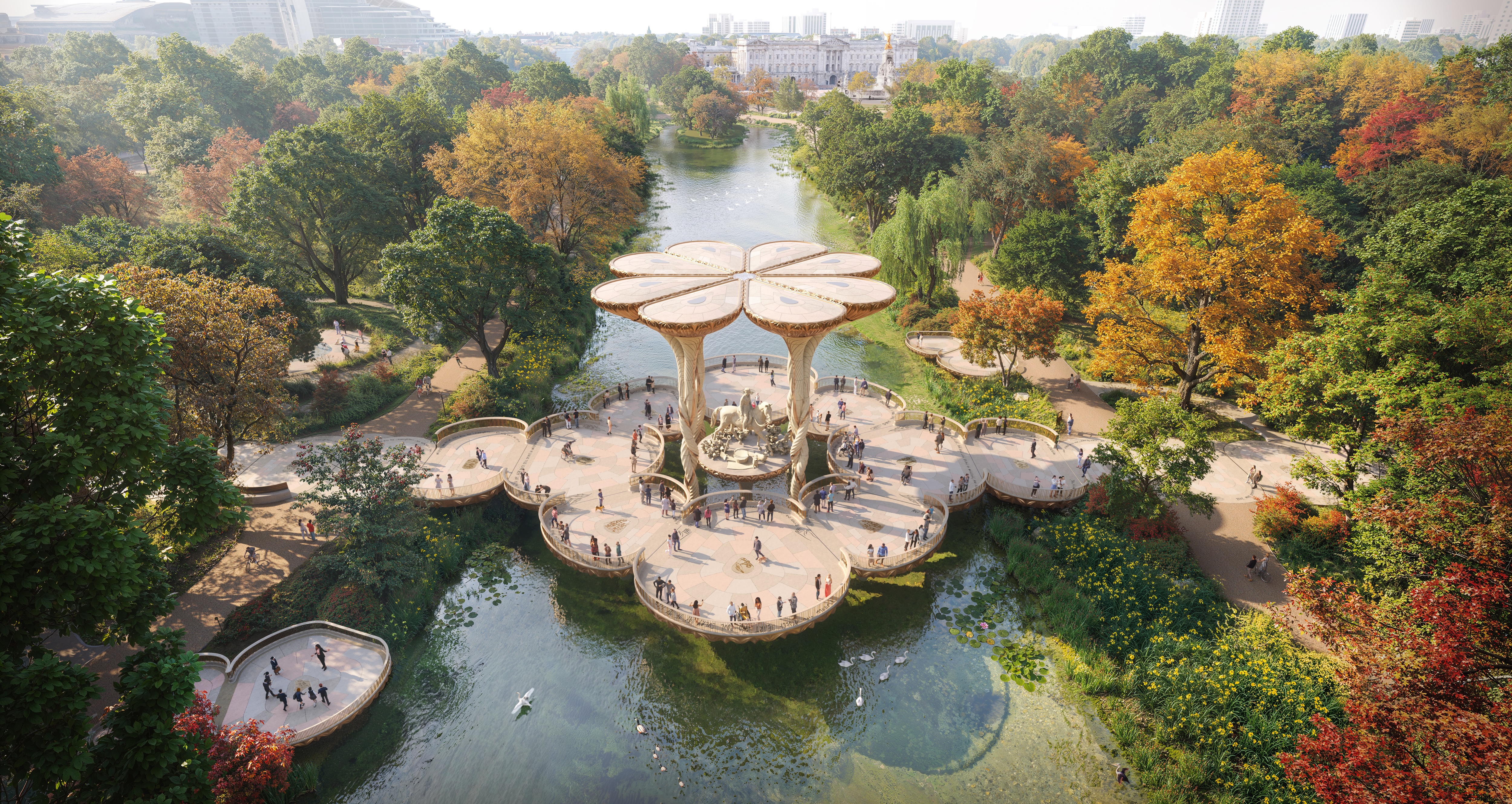 The final designs for Queen Elizabeth II's national memorial have been released — now it's time to have your say
The final designs for Queen Elizabeth II's national memorial have been released — now it's time to have your say -
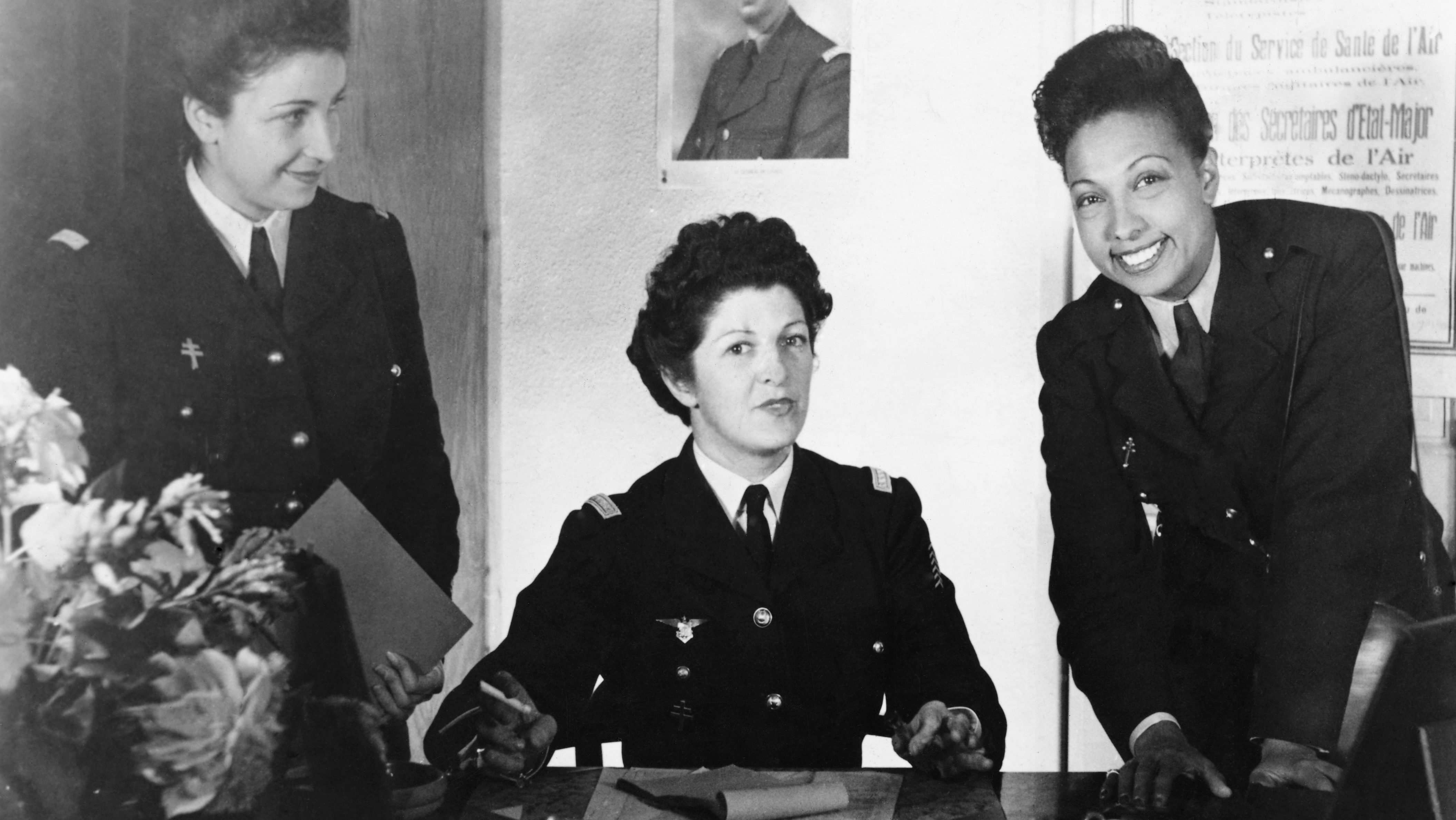 Josephine Baker and the remarkable women of espionage who helped win the Second World War
Josephine Baker and the remarkable women of espionage who helped win the Second World WarOn the 80th anniversary of VE Day, we salute five women who worked tirelessly in the shadows to bring about an Allied victory.
-
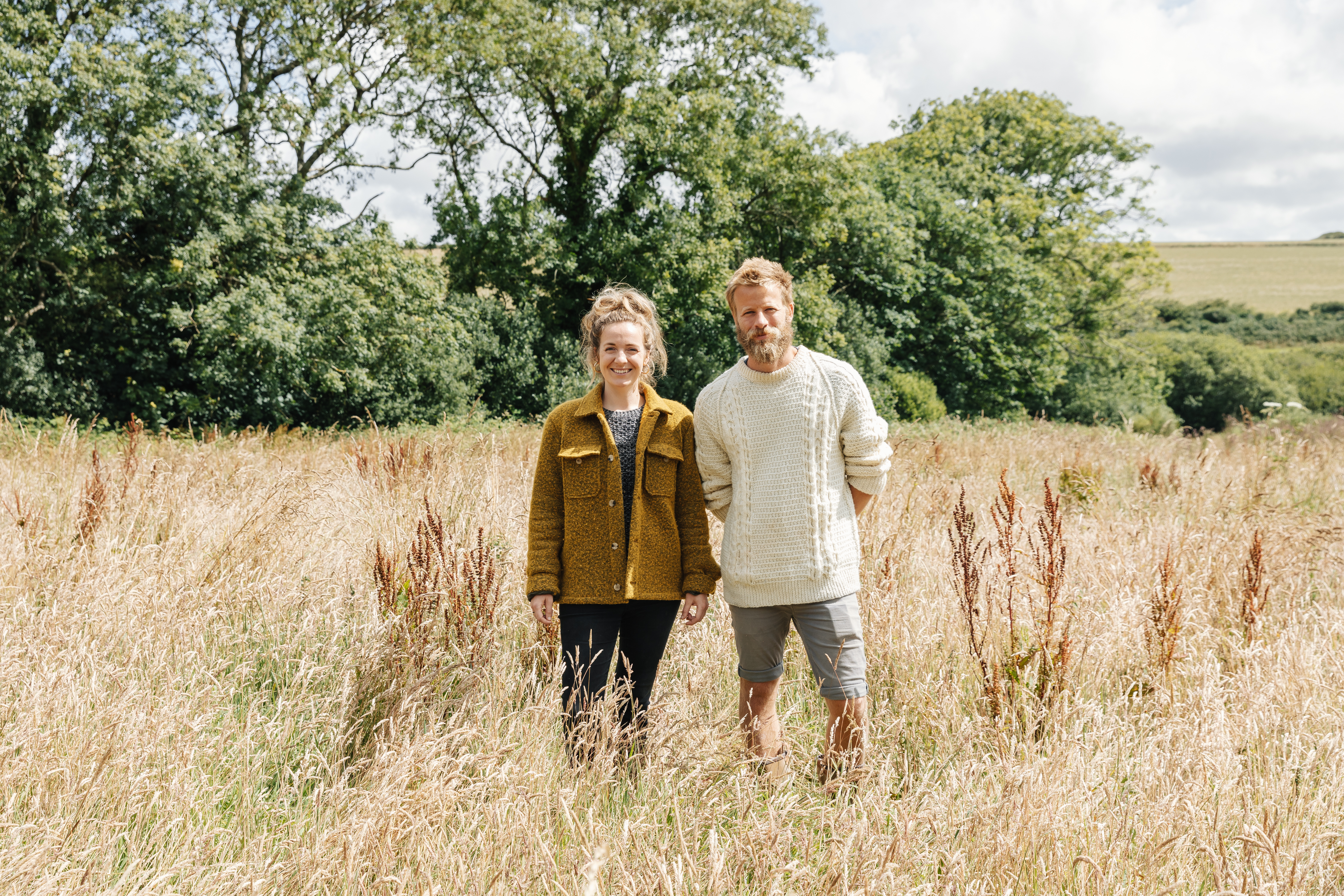 The young British flower farmers championing sustainable growing
The young British flower farmers championing sustainable growingFlower growing is hard work, but the rewards — including minimising Britain’s huge flower importing carbon footprint — far outweigh the negatives, say three young growers.
-
 Sir David Attenborough: 'The next 100 years could either witness a mass extinction of ocean life or a spectacular recovery'
Sir David Attenborough: 'The next 100 years could either witness a mass extinction of ocean life or a spectacular recovery'Sir David Attenborough has co-authored a book and narrated a new film to mark his 99th birthday.
-
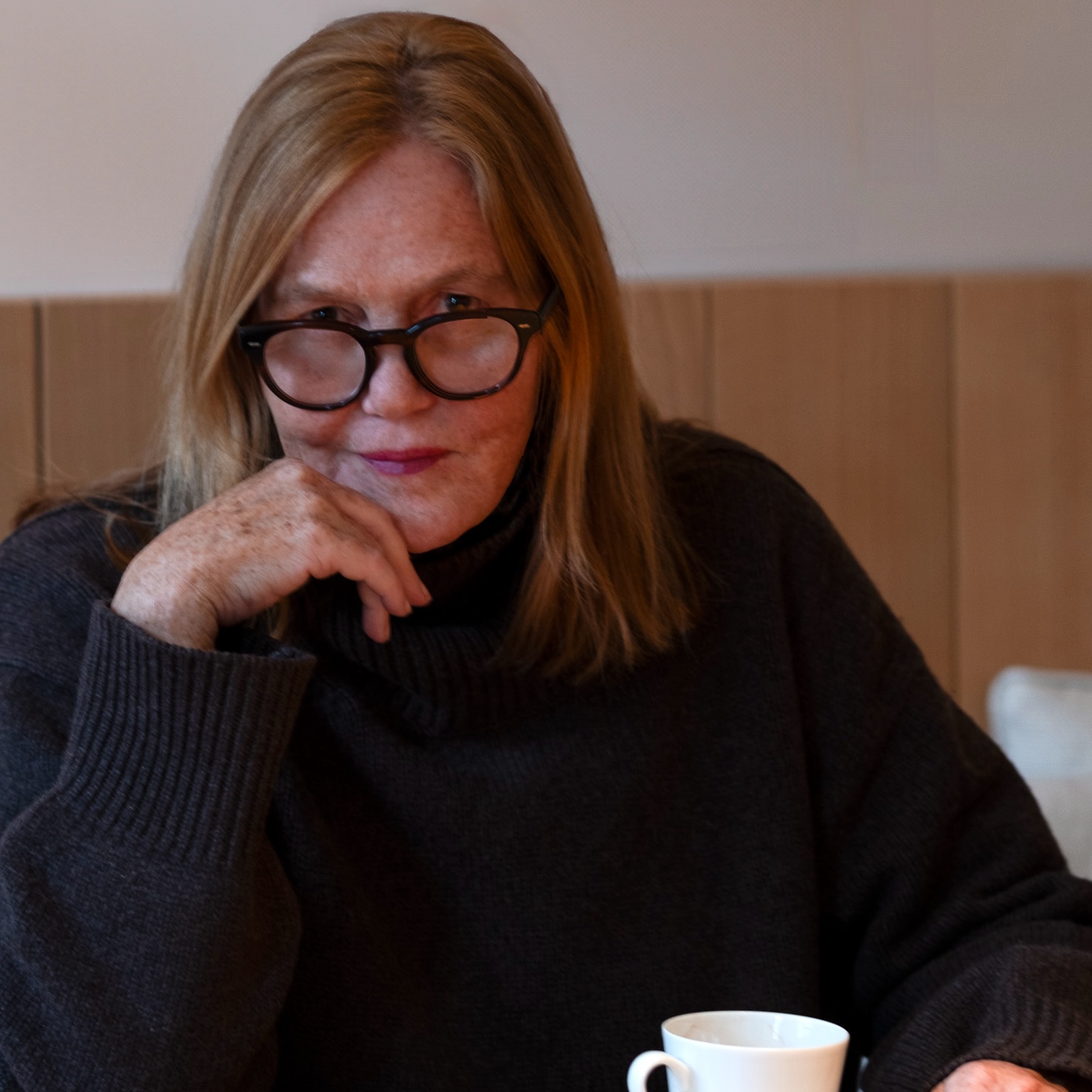 ‘Greece — it’s eternal and makes me feel ancient and youthful at the same time’: Isabel Ettedgui’s Consuming Passions
‘Greece — it’s eternal and makes me feel ancient and youthful at the same time’: Isabel Ettedgui’s Consuming PassionsThe owner of Connolly reveals what she would take to a desert island and why she once waited four years to get a supper reservation.
-
 'It was like Fawlty Towers at first': How diversification keeps the country house standing
'It was like Fawlty Towers at first': How diversification keeps the country house standingFrom festivals and car shows, to spas and wedding venues, country house owners are getting creative to keep their estates alive.